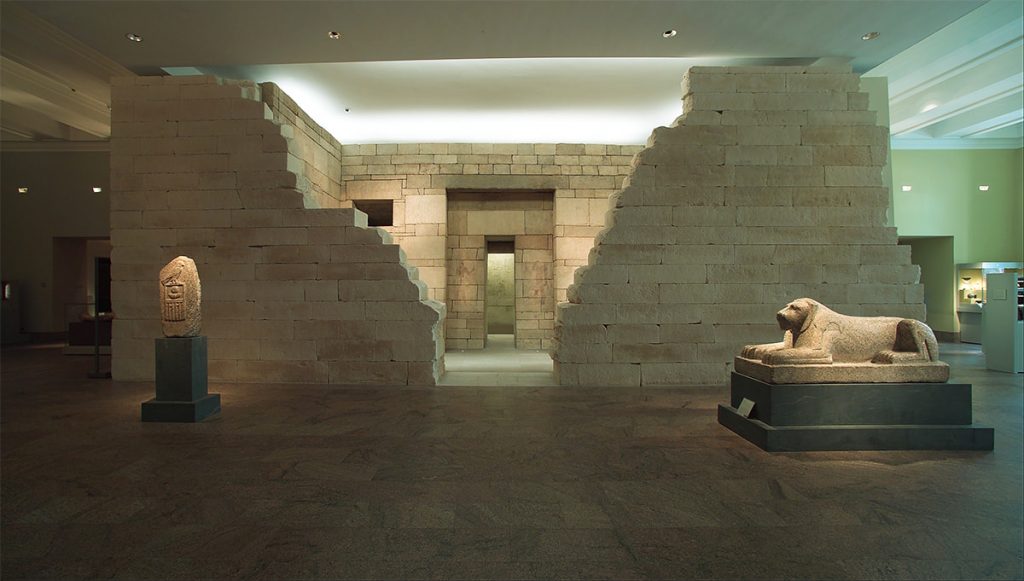Art, Secrecy, and Invisibility in Ancient Egypt
by Laurel Bestock, Associate Professor of Archaeology and the Ancient World & Egyptology and Assyriology

Gift of Edward S. Harkness, 1913.
Art, Secrecy, and Invisibility in Ancient Egypt argues that partial, periodic, or total invisibility of art was precisely that quality that allowed images to be personal and to engage in social relationships, not just between living people but also across the divide of death and between the human and the divine. Arguing that over and over again art was used in Egypt in ways that required it to be unseen to achieve its power, the project shows how, often but not always, this quality of being hidden created an unbalanced and deliberately hierarchical relationship, where being invisible enabled the art to see. In looking at the complex life-histories of hidden objects in Egypt, with shifting capabilities and relationships over time, Bestock takes advantage of the digital environment to examine the role of vision in manipulating relationships of knowledge and power both in ancient Egypt and the modern day.
Learn more about the author.
Archaeology is so dynamic. We are discovering new things all the time, adding to a collective body of material on which we base our understanding of past cultures, and this means that interpretations shift as discoveries are made. When other scholars can see side-by-side our arguments and the data on which we based them, and can access and even sort and query that data, then we increase the value of our discoveries immensely. It is increasingly clear that digital publishing on the whole is simply going to be necessary.
Supported by the Mellon Foundation

